Once upon a time, Moons and Stars only existed in the imaginary world of Allfield. Now one of Allfield’s most popular board games is available to play and is coming soon to a table near you!
The adventure begins when you roll all 16 of your 6-sided ballit game pieces, creating one of over 20,000 different possible combinations. The player with the best strategy wins the game!
Objective: Capture all of the opponent's moons and stars, or reach the opponent's stone.
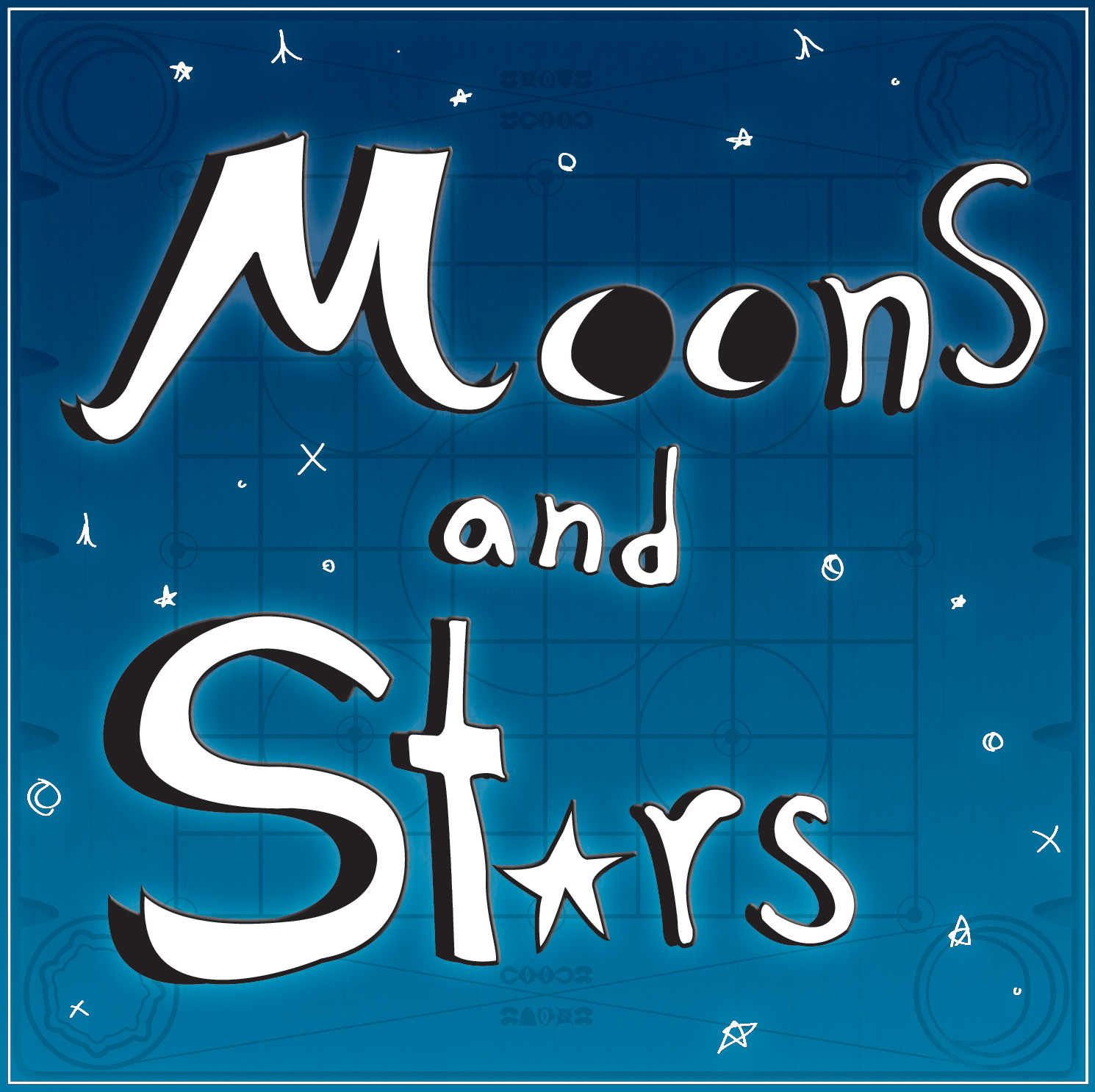
MOONS AND STARS
An otherworldly strategy board game
Official Rules
Number of players: 2
Average play time:
15-30 minutes
Ages 8+
Included With the Game:
16 brown cubes, “ballits”
16 blue cubes, “ballits”
2 stones
1 wooden game board
3-7 ceramic deities
1 cloth drawstring bag
Getting Started:
One player uses brown ballits, the other uses blue ballits. Both players roll their ballits all at once. This roll determines the pieces each player will use for the duration of gameplay.. If a player does not like the outcome of the first roll, they get one chance to re-roll. Again, all ballits are rolled at once.
After the initial roll is complete, players place their ballits and stone on their side of the board. Players place their ballits on any intersection of the first four horizontal lines, including the border of the board. See GAME PIECE DESCRIPTIONS for more information.
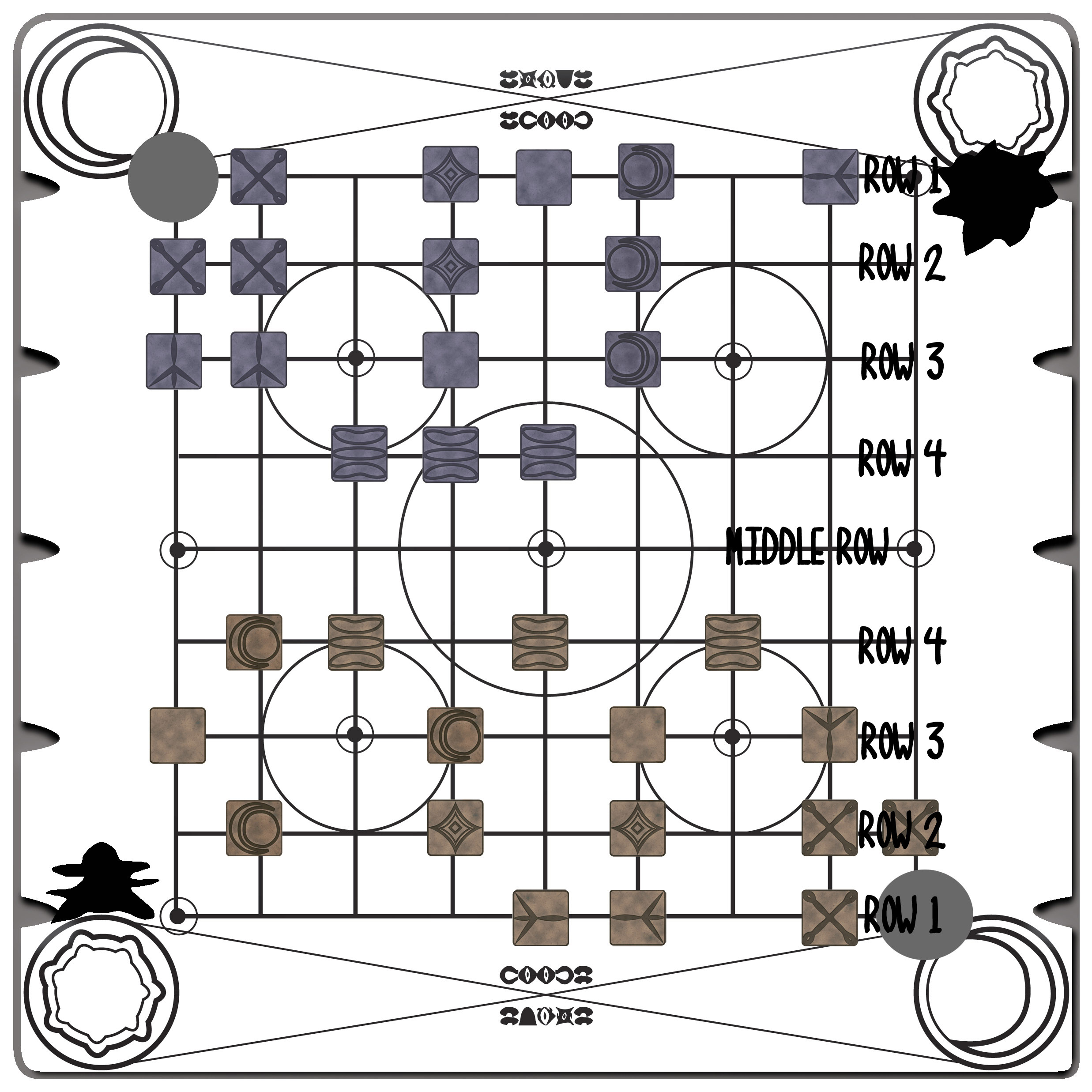
The center line is left empty. Players choose one deity and place it at the first notch on the left side of their board. See DEITIES. The player with the least amount of moons and stars goes first. If the players have an equal number of moons and stars, they may count just the stars, and lastly just the moons if necessary.
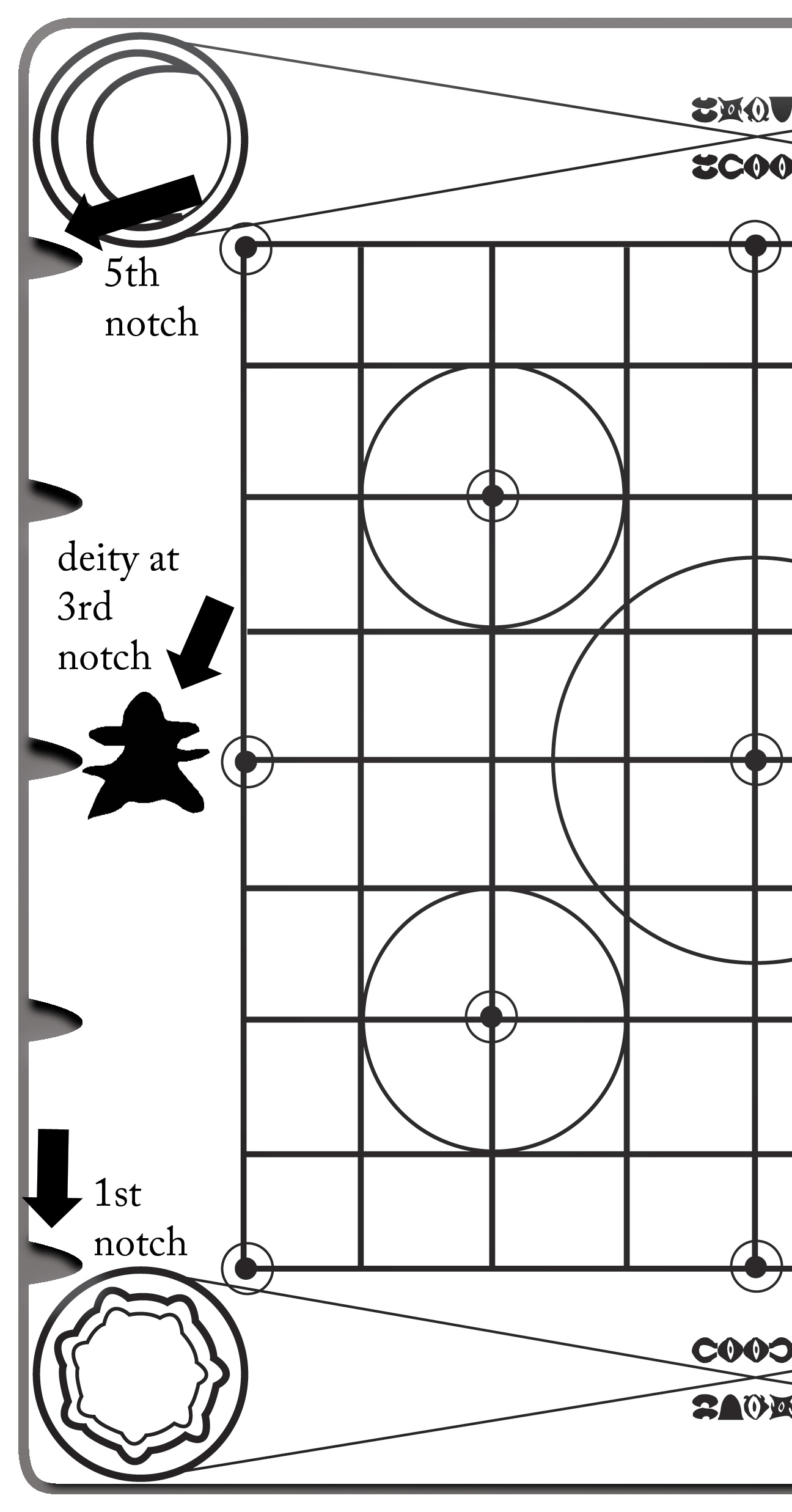
How to Play
Players take turns moving their moons and stars according to the descriptions of the pieces below. The first player to either reach the opponent’s stone or capture all of their moons and stars wins.

Player movement: Players take turns moving the moons and stars along the intersections of the grid. Players may move forward, backward, left, or right along the lines.
Stars move once per turn:

Moons move twice per turn:
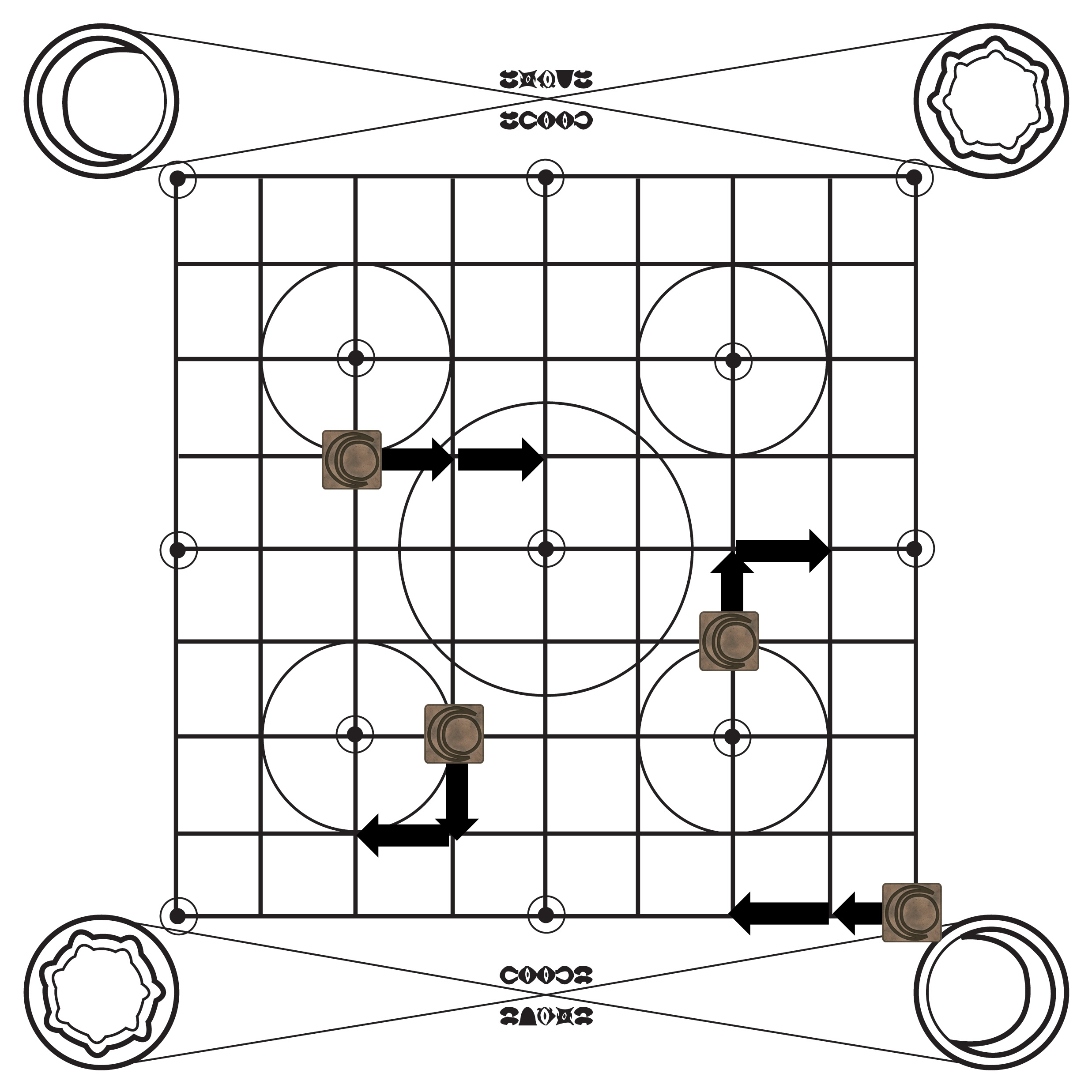
GAME PIECE DESCRIPTIONS

Pits: Pits cannot move unless allowed by an activated deity-See DEITIES. If a Moon lands directly on a Pit, the Moon is automatically removed from the board. If a Star lands directly on an opponent’s Pit, the Star is automatically removed from the board, and the Pit is removed from the board as well.

Stars: Stars move one space per turn, forward, backward, and sideways along the lines of the grid.
Stars can be stacked on top of Moons and be moved with them. This is called piggybacking. Pieces cannot piggyback on a Star.
If a Star lands on a Pit, the star is removed from the board, and the Pit is removed as well.

Moons: Moons move exactly two spaces per turn, forward, backward, and sideways along the lines of the grid. Moons can pass other moons, stars, paths, and safes. Moons cannot jump over traps or pits.
A Star or Moon can be stacked on another Moon to piggyback. A Moon carrying another piece can only move one space at a time per turn. If you are moving a Moon off the top of a piggyback, the top piece can move twice - like a normal turn. Moving a piece off a piggyback counts as one turn.
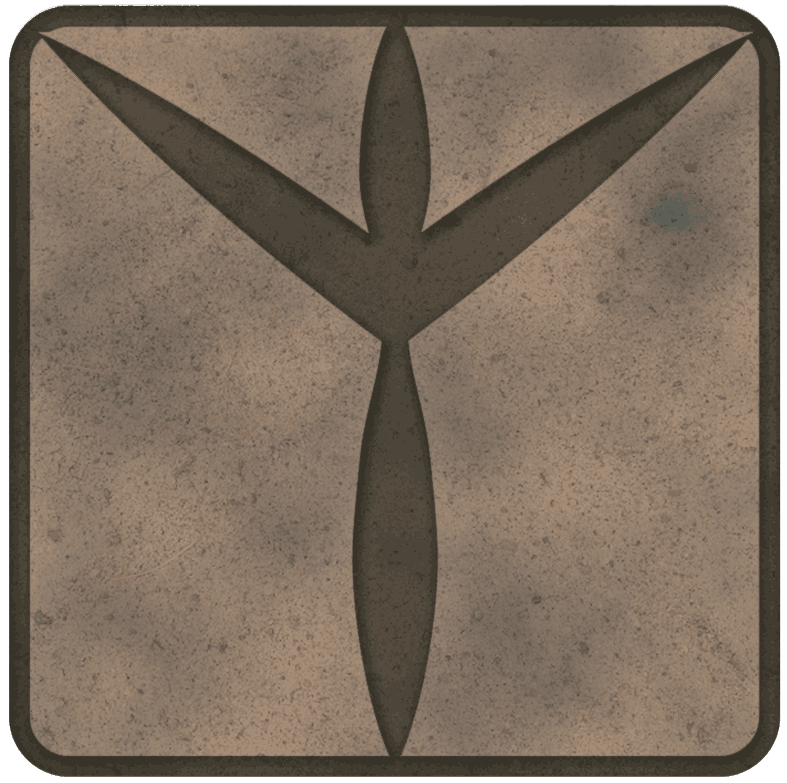
Traps: Traps do not move or rotate unless allowed by an activated deity See DEITIES. Traps force any pieces that land on the open end of the trap to the space where the trap is pointing. Therefore, when players set up their pieces, they cannot place any pieces where they would be pulled into their own trap.
Moons can safely move through the open end of a trap. However, if a Moon lands its second move in the open end of the trap, the Moon will be pulled through the trap.

If two traps are aimed at one another, ANY piece-including your own- pulled into the traps are automatically lost and removed from the board.
Traps CAN be aimed off the board. If a piece is pulled into a trap aiming off the board, it is automatically lost.
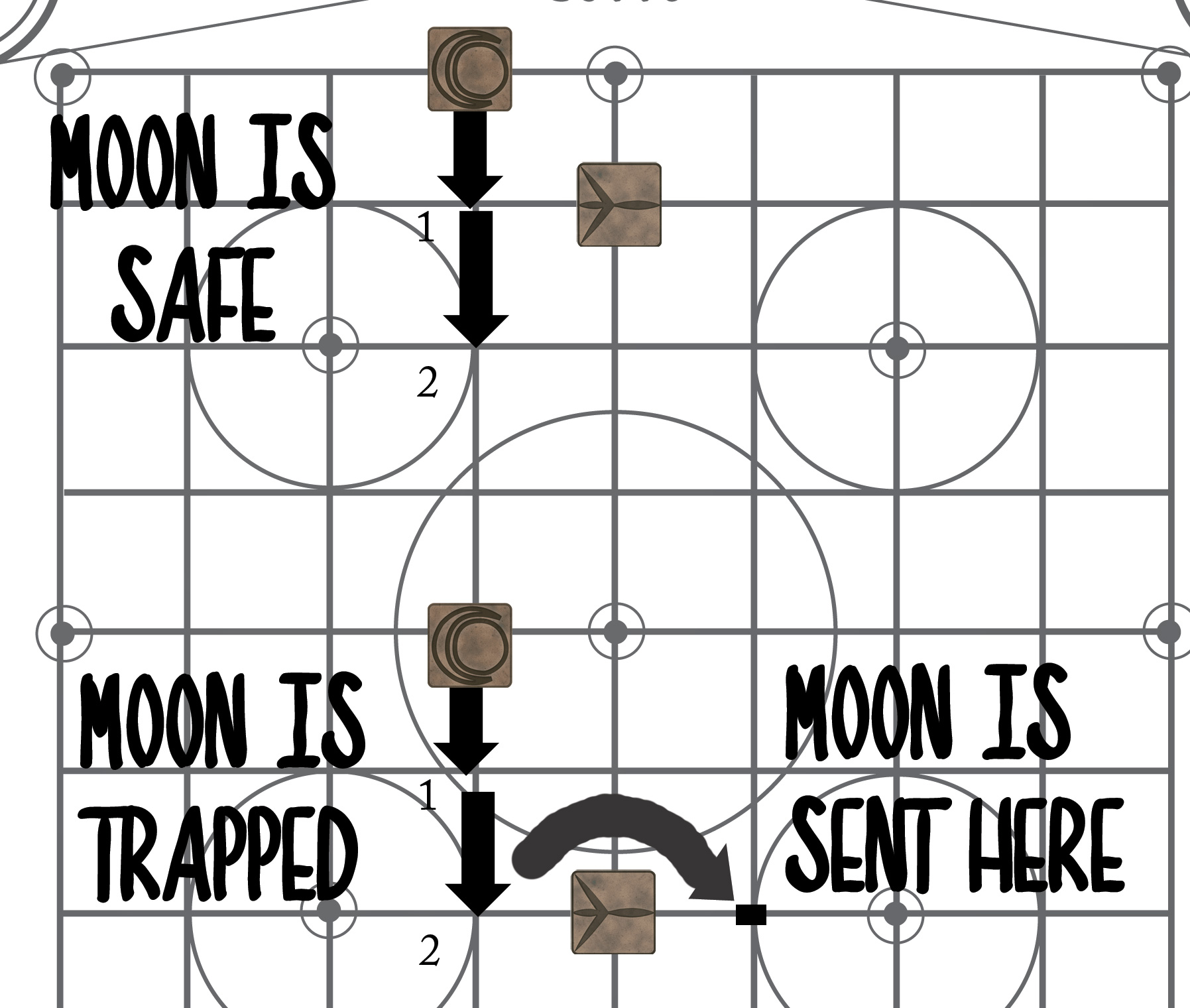

Safes: Safes cannot move unless allowed by an activated deity-See DEITIES. Safes are pieces that any player can rest on without being attacked by an opponent, for an unlimited amount of time. A Safe can house one piece at a time.

Paths: Paths do not move or rotate unless allowed by an activated deity See DEITIES. Pieces move through a Path in the direction it is pointing to the space on the opposite side, using only one movement for the piece. If a path is placed on the border line of the grid, players cannot ride the path off the board.
Multiple Paths can be placed next to each other to “connect” or “chain.” Travel over connected paths still counts as one turn.
Stones:
The stone is the treasure, and cannot be moved unless allowed by an activated deity. See DEITIES. At the beginning of the game, players place their stone anywhere on the first four horizontal rows of their side of the board (but not on the middle line). If a player lands directly on an opponent’s stone, that player wins.
Since a Moon moves exactly two spaces, it can only capture an opponent’s stone on its second movement; a Moon can't capture a stone from one space away.
Deities:
Deities enhance gameplay through specific bonus abilities. Players choose one deity at game start and place it on the first progress notch on the board to THE PLAYER’S left. Every time you capture or gain an opponent’s piece throughout the game, advance your deity another notch. When the deity reaches the last notch, your deity’s bonus is activated immediately. See individual deity descriptions for information on bonuses.
When the player uses the bonus, the deity is reset to the first notch. This cycle is repeated until the game is finished. Deities cannot be replaced by another once play has begun.
Cosmic Standard Deities:
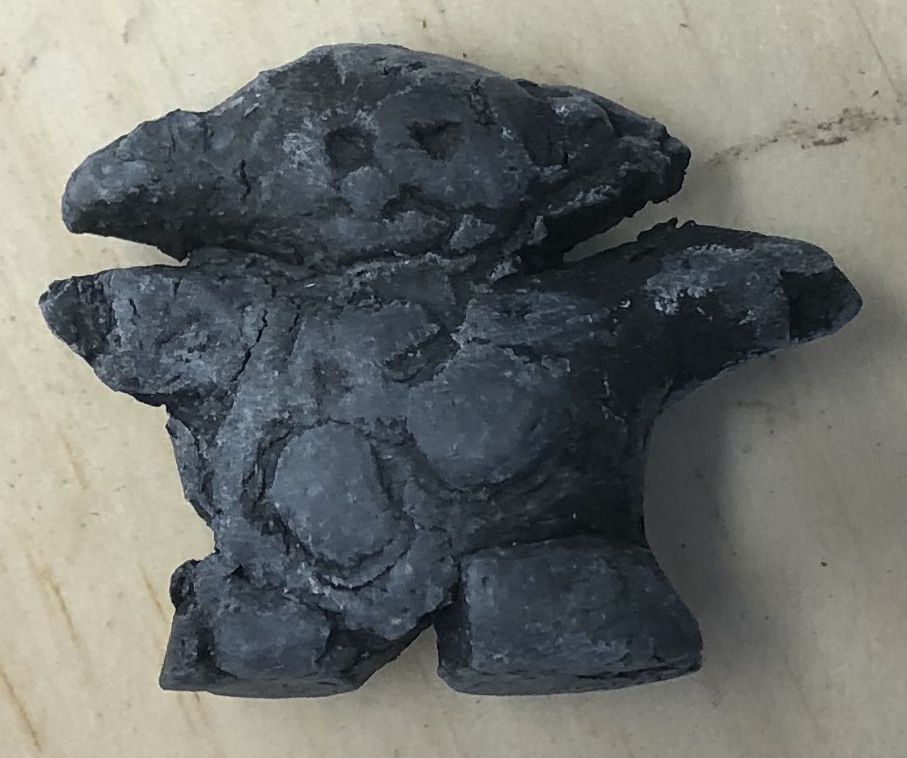
Cadbeth - Remove 2 of your opponent’s moons and/or stars from the board. Does not count toward deity progress, meaning your deity does not move any notches because of this action. This would create an unfair deity loop.
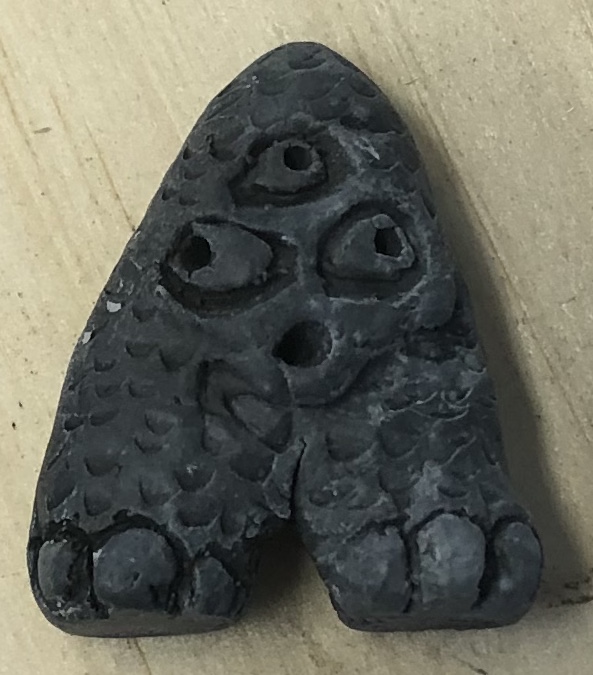
Lamban - Rotate your opponent’s paths to aim where you wish, but do NOT move them.

Yinnok - Convert all of your opponent’s paths to traps, and traps into paths. This is the ONLY circumstance allowed where you can turn over and change rolled ballits. This can create chaos as pieces in the open ends of the new traps must be moved, and if there are already pieces in that space, they are removed from the board. Any removed pieces do not count toward deity progress, meaning your deity does not move any notches because of this action. This would create an unfair deity loop.
Interstellar Expansion Deities: All 3 Cosmic Standard Deities PLUS
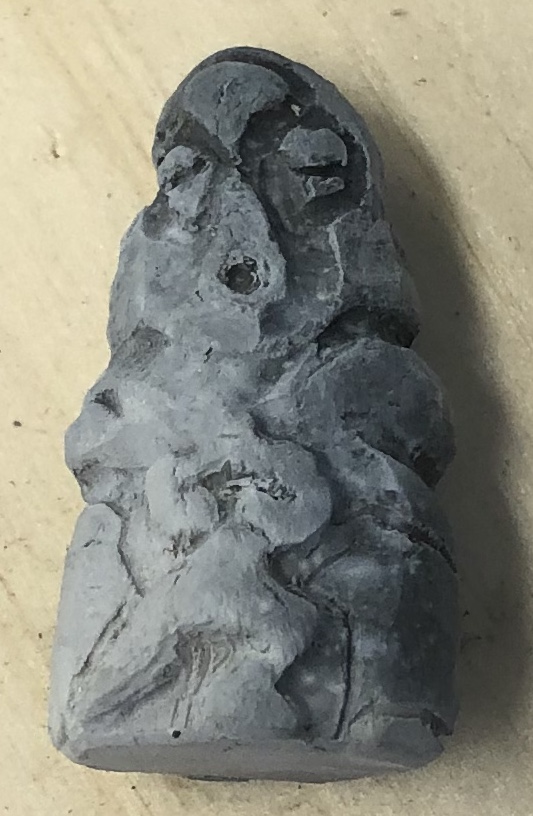
Agbert - Reclaim all your lost pieces and set them anywhere on your half of the board.

Jothi - Remove your opponent’s pits from the board. Does not count toward deity progress, meaning your deity does not move any notches because of this action.
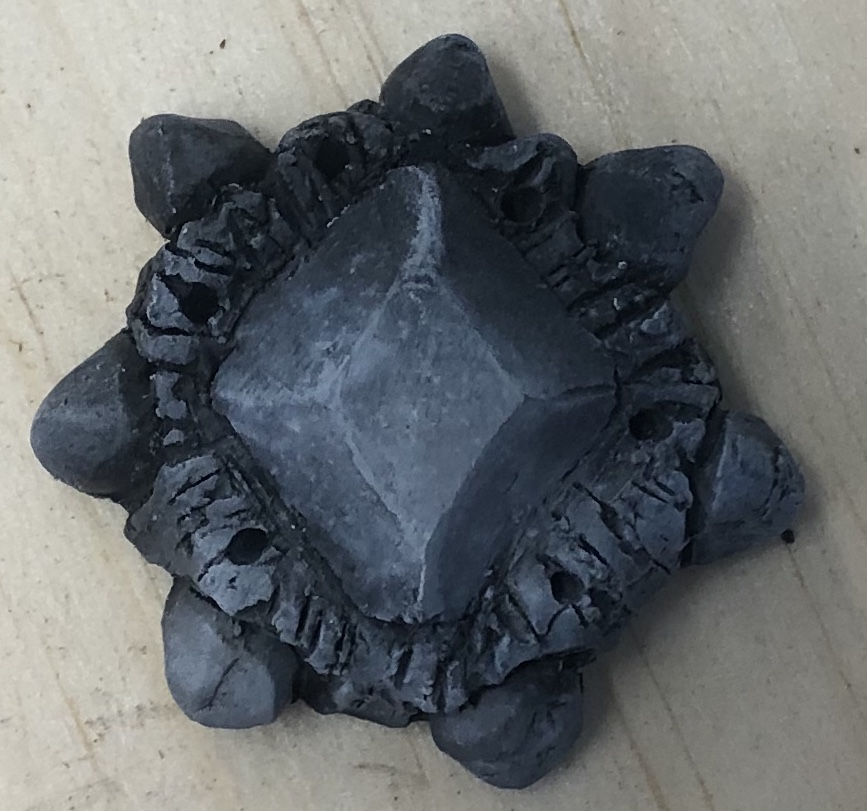
Keddep - Convert all of your safes into all moons OR all stars.
Stretch Goal: Unlock 7th Deity

Dirlydwurg - Move your stone OR an opponent’s stone 4 spaces.